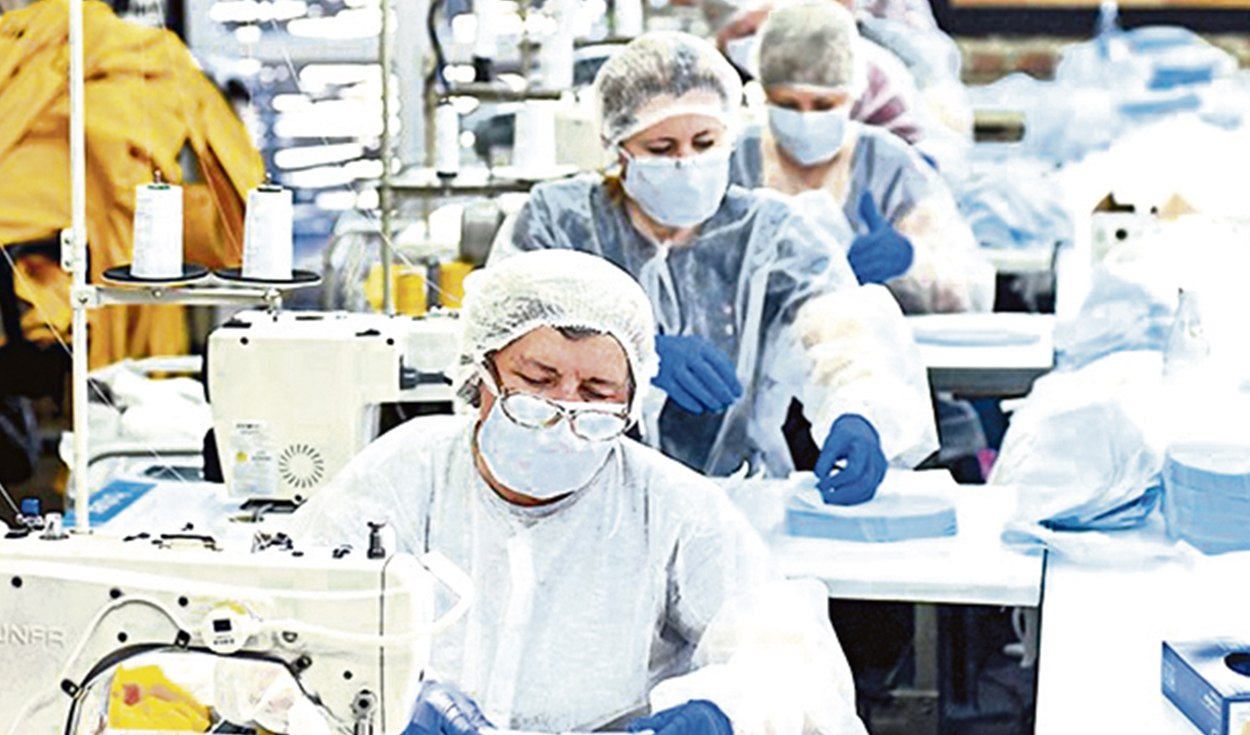
The national industry has been recording negative figures since February of this year. The Institute of Economic and Social Studies (IEES) of the National Society of Industries (SNI) reports that, andIn July, a drop of 13.9% was experienced; For this reason, it is the second economic sector that decreased the most, after fishing (-47.9%).
Likewise, from January to July, there is a decrease of 7.2%, therefore, it is the item that has had the most impact on the decrease in national GDP so far this year. Based on INEI figures, the IEES also points out that, since October of last year, the industrial sector has maintained a downward trend, with the exception of January 2023, when it registered slight growth.
The factor that explains this scenario, together with the impacts caused by the El Niño phenomenon, Cyclone Yaku and social conflicts, is linked to the fall in domestic demand, which had a reduction of 2.5% in the first half of the year.
Within this, the 10.1% decline in private investments and the slowdown in private consumption, which closed the first half of the year with a variation of 0.3%, explain this behavior that mainly affects the sectors linked to the National market.
Non-primary manufacturing accumulates 10 months of decline
National non-primary manufacturing suffered a drop of 12.4% in July 2023, the IEES noted. With this double-digit decline, it has accumulated 10 consecutive months of negative results, since October 2022.
Of the three components of the non-primary subsector, two suffered sharp falls in July of this year: the production of consumer goods (made up of food, clothing and drinks, etc.), which had a decrease of 13.2% and accumulated a drop of 7% throughout the year.
For its part, the component of intermediate goods (which groups together inputs used to produce other products) also experienced a drop of around 12.1% this July, and accumulated a drop of 9.8% in the first seven months of the year.
Only the component capital goods (made up of machinery and other tools used in factories) It had an increase of around 32%, but, even so, so far this year, it has suffered a decrease of 2.8%.
Primary manufacturing also falls in the accumulated of the year
It is also important to highlight that primary manufacturing also had a double-digit drop (of the order of 18.2%), mainly due to the following: decrease in the fish processing and preservation branches; production of sugar, primary products of precious and non-ferrous metals; as well as the preparation and preservation of meat.
Source: Larepublica
Alia is a professional author and journalist, working at 247 news agency. She writes on various topics from economy news to general interest pieces, providing readers with relevant and informative content. With years of experience, she brings a unique perspective and in-depth analysis to her work.











